
NC Commercial Blackberry and Raspberry Growers Association 2021 Field Day
Save the date for NCCBRGA Field Day and Annual Meeting at Lewis Nursery & Farms, Rocky Point, NC on Friday, …



El inglés es el idioma de control de esta página. En la medida en que haya algún conflicto entre la traducción al inglés y la traducción, el inglés prevalece.
Al hacer clic en el enlace de traducción se activa un servicio de traducción gratuito para convertir la página al español. Al igual que con cualquier traducción por Internet, la conversión no es sensible al contexto y puede que no traduzca el texto en su significado original. NC State Extension no garantiza la exactitud del texto traducido. Por favor, tenga en cuenta que algunas aplicaciones y/o servicios pueden no funcionar como se espera cuando se traducen.
Inglês é o idioma de controle desta página. Na medida que haja algum conflito entre o texto original em Inglês e a tradução, o Inglês prevalece.
Ao clicar no link de tradução, um serviço gratuito de tradução será ativado para converter a página para o Português. Como em qualquer tradução pela internet, a conversão não é sensivel ao contexto e pode não ocorrer a tradução para o significado orginal. O serviço de Extensão da Carolina do Norte (NC State Extension) não garante a exatidão do texto traduzido. Por favor, observe que algumas funções ou serviços podem não funcionar como esperado após a tradução.
English is the controlling language of this page. To the extent there is any conflict between the English text and the translation, English controls.
Clicking on the translation link activates a free translation service to convert the page to Spanish. As with any Internet translation, the conversion is not context-sensitive and may not translate the text to its original meaning. NC State Extension does not guarantee the accuracy of the translated text. Please note that some applications and/or services may not function as expected when translated.
Collapse ▲
Save the date for NCCBRGA Field Day and Annual Meeting at Lewis Nursery & Farms, Rocky Point, NC on Friday, …
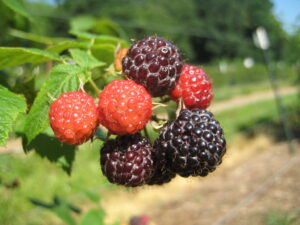
Welcome to our first North Carolina Commercial Blackberry and Raspberry Grower Association “Specialist Zoom” call. Dr. Gina Fernandez, is …
This series is designed for small farmers interested in learning about food safety and obtaining their Good Agriculture Practices …

“Annual Conference Goes Virtual” Includes: First Time Virtual Trade Show, Virtual Seed Variety Show Case, Virtual Fumigation “Z” Training, Virtual …

The very popular blueberry scouting guide “A Pocket Guide to IPM Scouting in Highbush Blueberries” published by Michigan State …

NC FarmLink was recently featured in Tobacco Farm Quarterly. In the article, found on page 18, journalist, Lara Ivanitch …
NC State University’s College of Agriculture and Life Sciences has a new podcast series called Farms, Food, and You. …

Check out this 15 minute video summary by Economist Dr. Charlie Hall on the economic, environmental, and health and …

Need answers to floriculture, vegetable, fruit, or weed questions? The Department of Horticultural Science invites you to try their powerful, but focused …
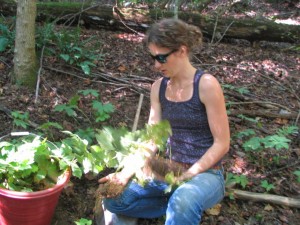
We often receive questions on how to grow Bloodroot. Margaret and Alison, with the NC Alternative Crops and Organics …

August 7, 2020 | Margaret Huffman The North American Raspberry and Blackberry Association (NARBA), in collaboration with NC State University and the University …

Winter is still months away but the time to apply preemergence herbicides to control fall-germinating weeds is upon us. …
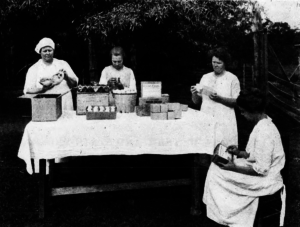
According to the 1918 home demonstration annual report, the agents and volunteers addressed the pandemic in 55 counties. A …

The Environmental Protection Agency (EPA) recognized the Eastern Band of Cherokee Indians with the regional 2015 EPA Rain Catcher …
Winter pruning can seem complicated. This video will help you understand how the plant grows and why you need …
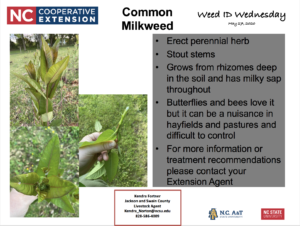
Join our Livestock Agent, Kendra Fortner, on Wednesdays for our “Weed ID Wednesday” and learn about weeds we are …

As part of the Coronavirus Farm Assistance Program, the U.S. Department of Agriculture (USDA) announced that it will provide up …

Join our Livestock Agent, Kendra Fortner, on Fridays for Forage Friday. We will be covering quick tips on forage …

Join our Livestock Agent, Kendra Fortner, on Wednesdays for our “Weed ID Wednesday” and learn about weeds we are …

Carolina Farm Stewardship Association posted an article about COVID-19 Relief Funds Available to Farmers Starting April 3. Click …
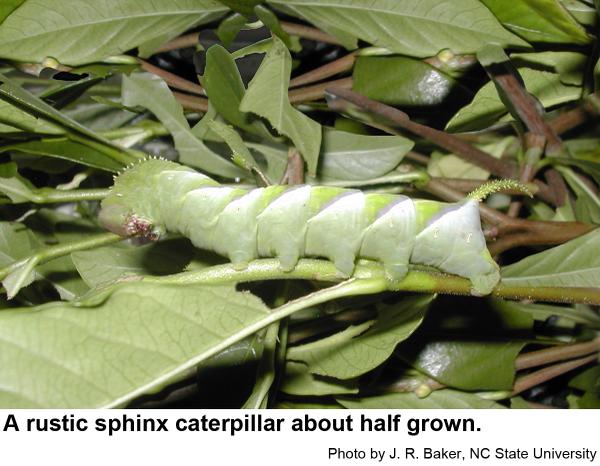
This factsheet describes the biology of the rustic sphinx, Manduca rustica, and provides residential management …
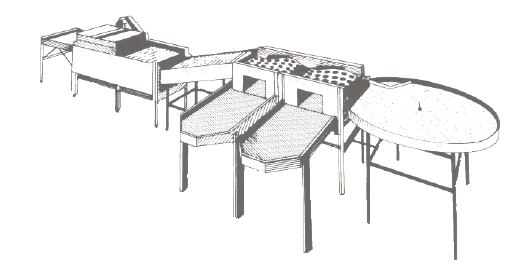
This publication has been prepared to acquaint growers, shippers and processors with energy-efficient handling and …

This publication has been prepared to acquaint growers, shippers and processors with energy-efficient handling and …
This publication has been prepared to acquaint growers, shippers and processors with energy-efficient handling and …
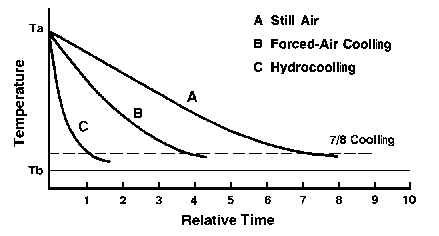
This publication has been prepared to acquaint growers, shippers and processors with energy-efficient handling and …
This publication has been prepared to acquaint growers, shippers and processors with energy-efficient handling and …
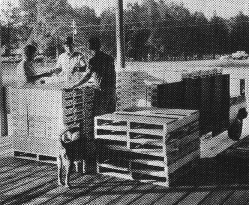
This publication has been prepared to acquaint growers, shippers and processors with energy-efficient handling and …
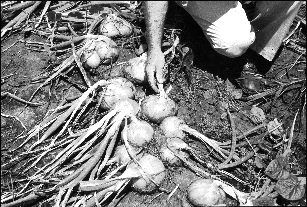
This publication has been prepared to acquaint growers, shippers and processors with energy-efficient handling and …